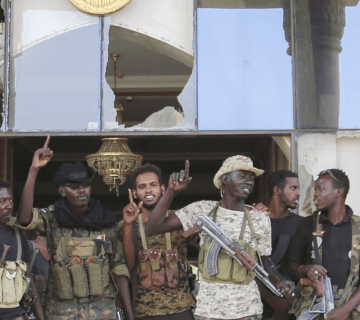With the conflict now entering its sixth year, more than 2.2 million people have been forced to flee and seek refuge in neighboring countries. According to UN Human Refugee Council, approximately 80 per cent of the refugee population comprise of women and children and more than 50,000 refugee children remain unaccompanied or separated. Within South Sudan, 85 per cent of the 1.97 million internally displaced persons (IDPs) are women and children. South Sudan’s main challenge is the management of its various ethnic groups. Indeed, much of the nation’s civil war has stemmed from battles for power between its major ethnic groups.
The country’s lack of sea access has also restricted its economic prospects because of the associated high cost of imports and exports. As it is, transport links throughout Central and East Africa are poor, but South Sudan’s logistical problems are naturally exacerbated by its instability and violence. Still, South Sudan does boast proven oil reserves, something that has driven foreign interest in the area for decades. Nevertheless, the improbability that hostilities will end anytime soon, coupled with the further erosion of Juba’s control over territory, has greatly complicated investment in the oil industry. Accordingly, there appears little chance that South Sudan will rectify its deep structural deficiencies and end the fighting among its major ethnic groups anytime soon.



